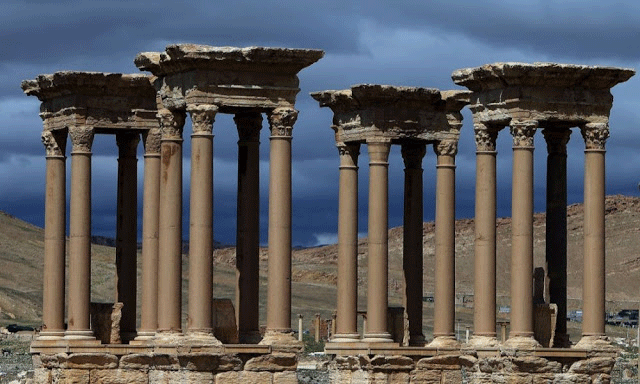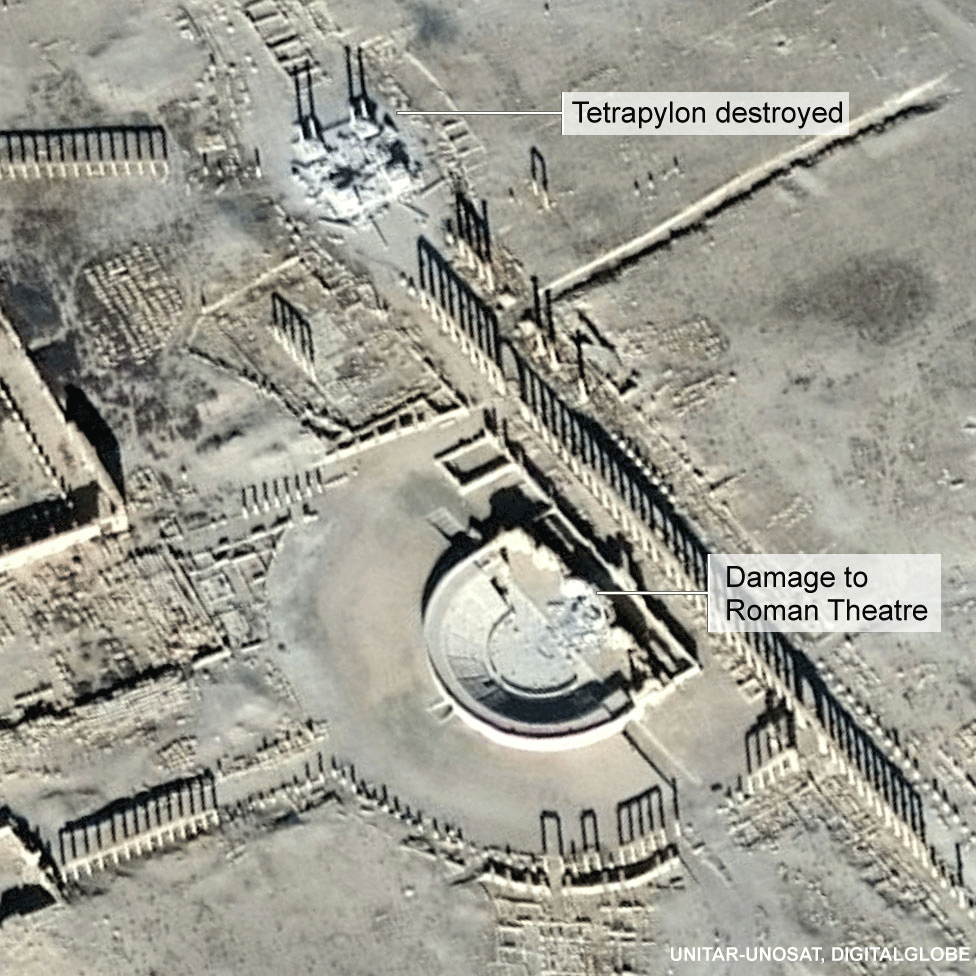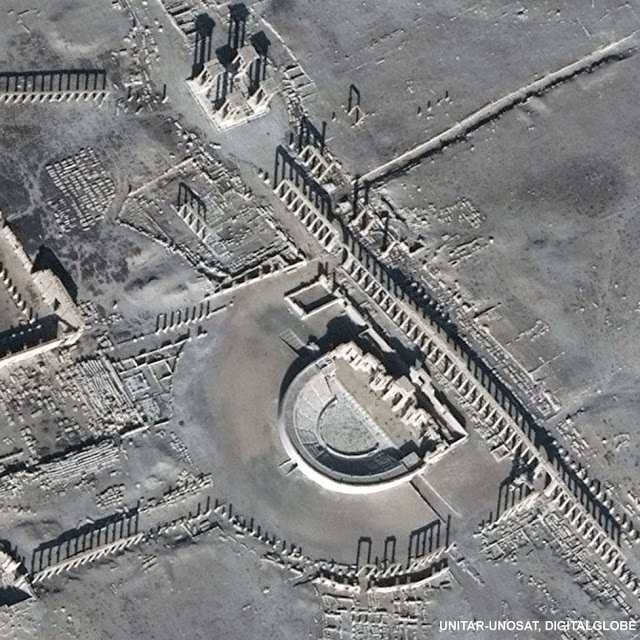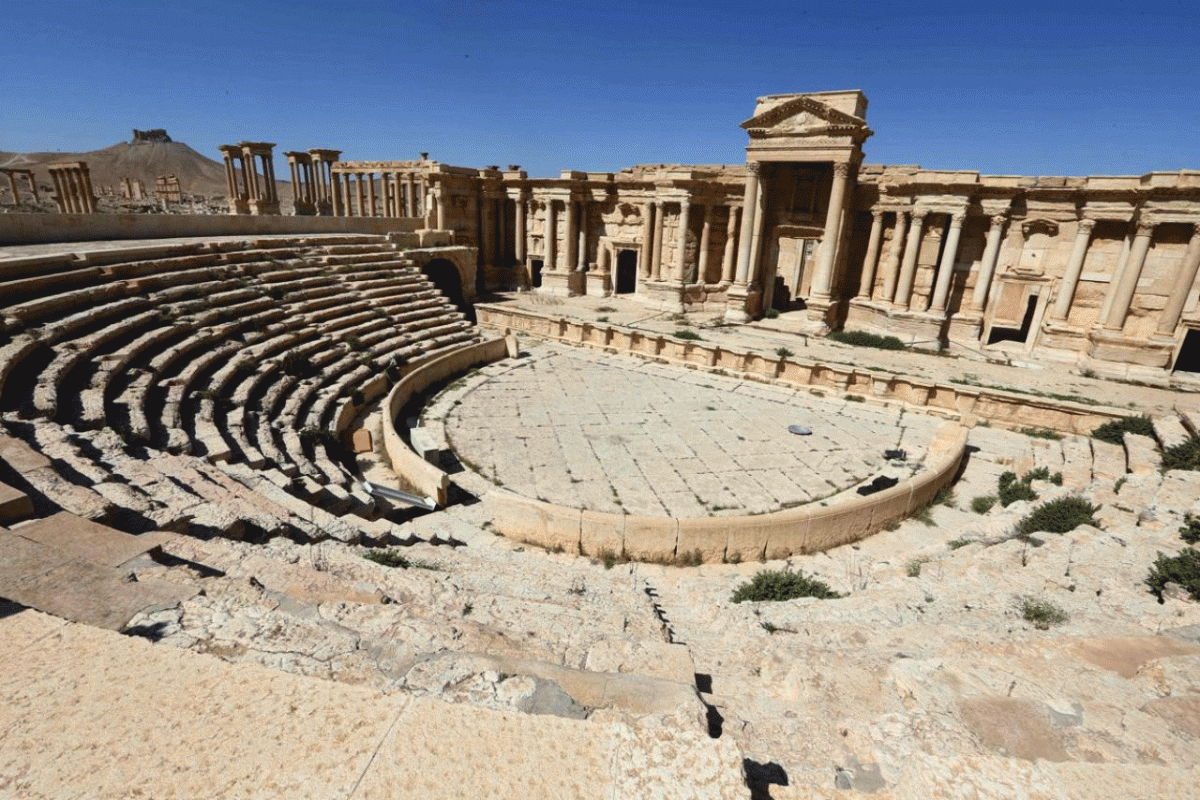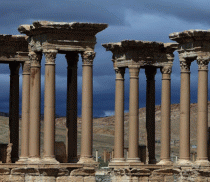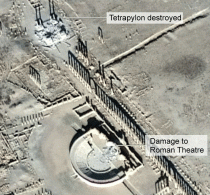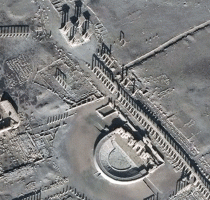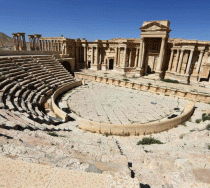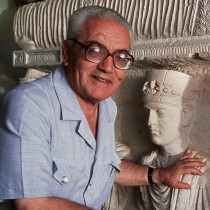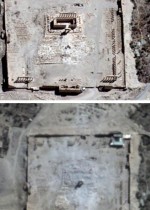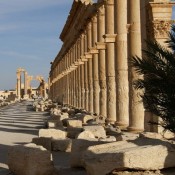Islamic State militants have destroyed another Palmyra monument according to an announcement on Friday by the Syrian government and experts. Part of the 2nd century Roman amphitheatre and the Tetrapylon, four pillared structures which were mainly modern replicas, have been destroyed.
The Palmyra Tetrapylon had only one surviving original column, the 15 having been modelled after that one and installed in 1963 under the supervision of distinguished antiquities scholar Khaled al-Asaad, who was killed by IS militants the last time they had the town under their control. It is not clear if one of the two columns that remain standing is the original one.
According to UNESCO Secretary General Irina Bokova, the Tetrapylon was destroyed because of its symbolism of encounter and openness. The head of UN cultural body said the destruction was “a new war crime”.
The Roman Theatre has been also used by IS militants for public killings with video footage of the actions broadcasted.
Experts had suspected that the actions had taken place since December, when Palmyra had been once more held by IS, but it was not until last Thursday that satellite imagery confirmed these fears. The American Schools of Oriental Research (ASOR), based in Boston, obtained satellite images of the damage to the theatre facade. They have confirmed that new stone debris is scattered across the centre stage.
